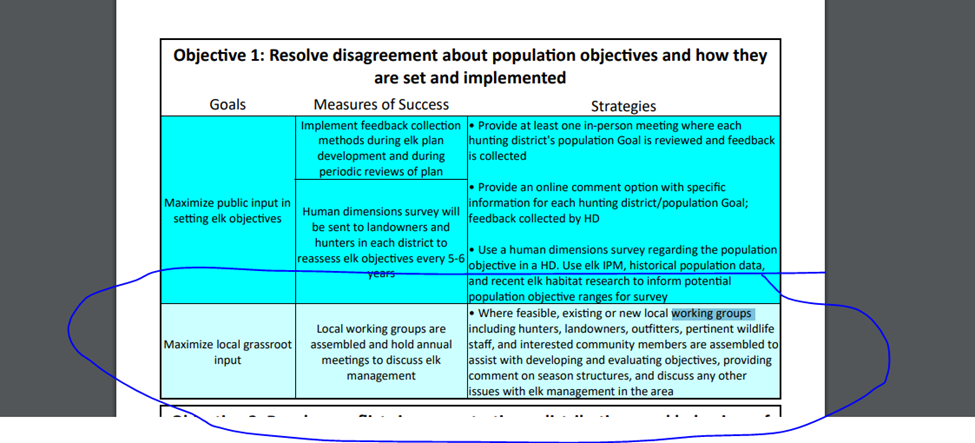Elky Welky
Well-known member
Haha! I graduated the program in 2019, have nothing bad to say about it, but I still can't (nor will I ever) in good conscience call myself a "Master Hunter." I'm already a lawyer, yet somehow that title is even less savory.Can we keep the current name and hand out patches?







